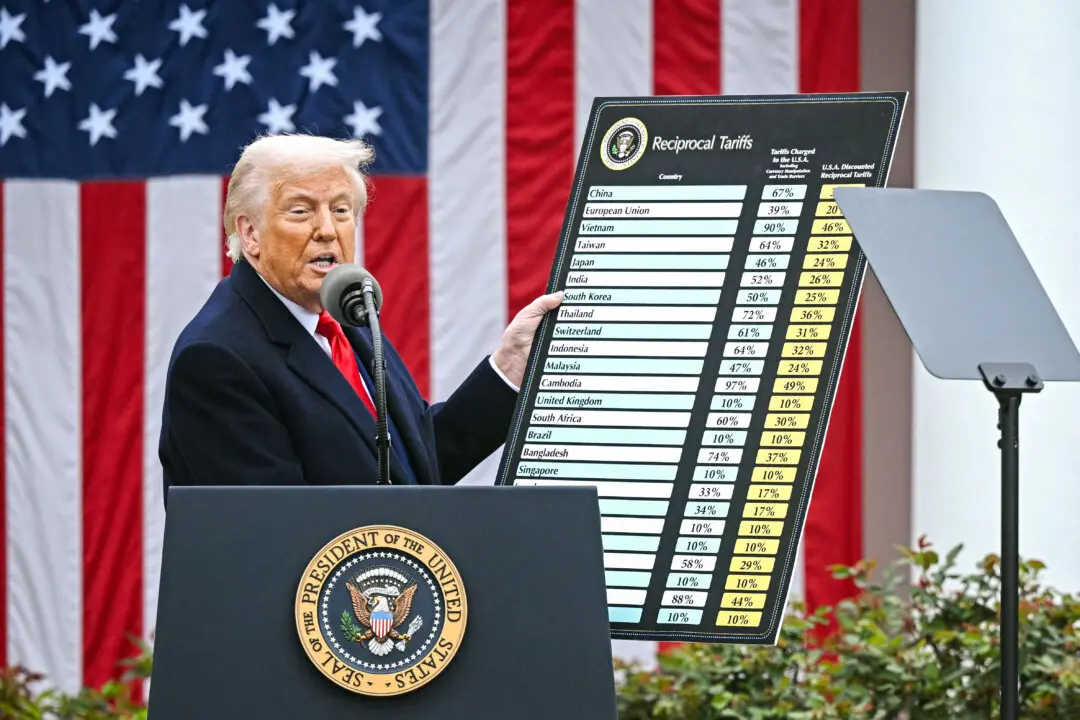The tiny little buttons on your jeans, particularly around the pocket area, have mystified many.
However, they actually serve a practical function and aren’t just for looks.
The little buttons, called rivets, play an important role in keeping the pants together. They were placed in areas of jeans that are the most likely to be pulled apart by movement. They help hold the fabric together, making them more durable.
During the early 1870s, when workers wore denim, the fabric fell apart quickly.
A laborer went to a tailor, Jacob Davis, and asked if he could create denim trousers that would hold up under the rigors of manual labor, as the Independent noted.
Davis then came up with the idea to put rivets on places were stress was most likely, including the bottom of the fly and pocket corners.
When the denim pants became popular, he contacted Levi Strauss, who was a merchant. The two then got a patent on jeans in 1873.
According to the Levi Strauss & Co. website:
Soon, the first riveted clothing was made and sold. We made our first jeans out of denim—the traditional fabric for men’s workwear. Within a very short time, the jean was a bona fide success. (Although, we should note that they were called “waist overalls” or “overalls” until 1960, when baby boomers adopted the name “jeans.”)
We consider May 20, 1873 the “birthday” of blue jeans, because although denim pants had been around as workwear for many years, it was the act of placing rivets in these traditional pants for the first time that created what we now call jeans.






